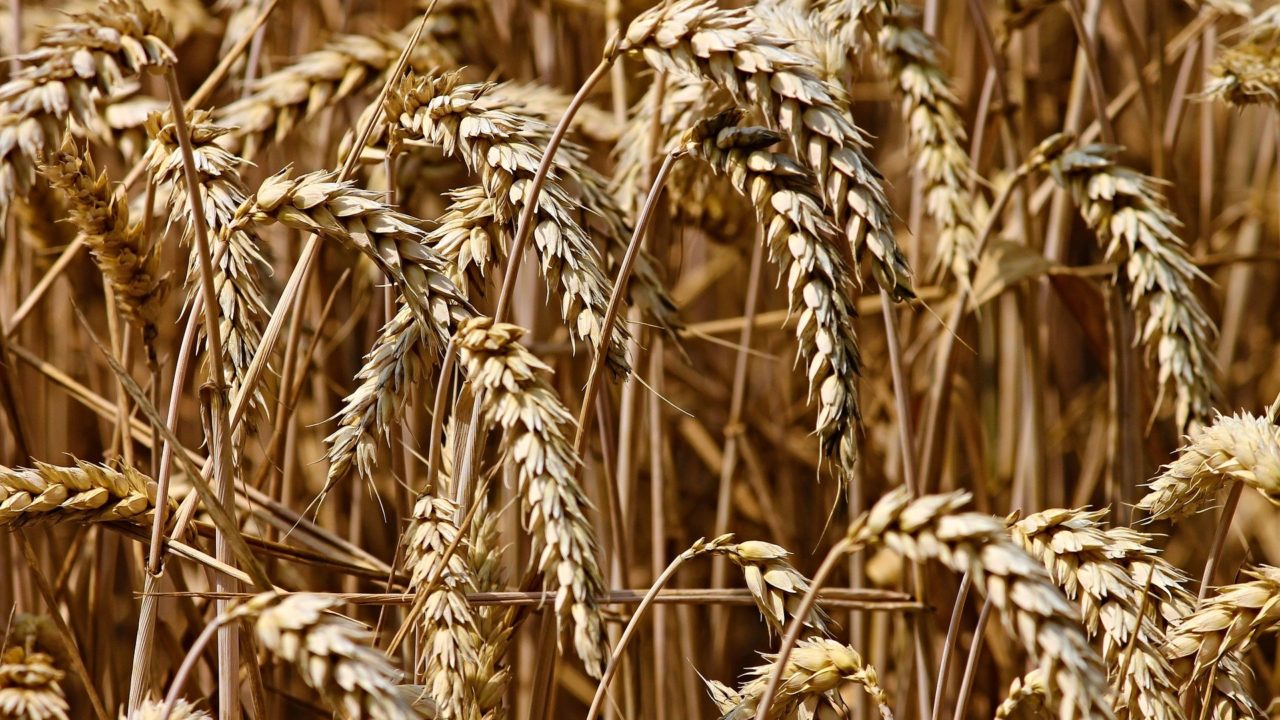The coming days will see tillage farmers push to get 2023 fungicide programmes significantly advanced across all cereal crops.
Where winter wheat is concerned, septoria is very visible in most crops.
However, the infection is reasonably well controlled in crops where the leaf three and flag leaf fungicide applications were applied on time.
According to Teagasc, yellow rust has been a smaller problem this year and is largely found in susceptible varieties.
Fungicide application
Growers should time the final fungicide application at early flowering, which is normally three weeks after the flag leaf spray.
Many crops of spring oats were drilled late this year and these are moving through the growth stages quite quickly.
Growth regulation should be used between the second and third node. Growers should apply Chlorocholinchloride (CCC), 750g/L at 1.5-2L/ha. Ceraide, Medax Max or Moddus are also options here.
Mildew, again, will be the biggest threat in spring oats, especially in broken weather.
Rusts and mildew require a broad-spectrum fungicide such as Elatus Era, Opera, or a triazole such as Proline plus a strobilurin, e.g., Comet.
Growers should also include a specific mildewcide, if required. This should be added to the plant growth regulator (PGR) at growth sage (GS) 32.
The final fungicide should be applied when the crop is starting to head out.
Teagasc is advising that foliar diseases – such as chocolate spot, downy mildew and rusts – must be controlled in beans, in order to keep the foliage for as long as possible.
Weather and disease
All diseases develop quickly in warm humid conditions. For chocolate spot control, fungicides need to be applied before the disease develops.
Therefore, growers should apply a fungicide at the first signs of disease or in any case at the start of flowering and repeat two to three weeks later.
Signum (0.5-0.75kg/ha) can be applied at both timings for good control.
Elatus Era is also an option. It has approval for a single application on beans at 0.66L/ha.
For downy mildew, there are no fungicides currently available that will give control. However, Basfoliar Active and Nutriphite PGA, which are bio-stimulants, both claim to give some control.
Beans offer growers a good opportunity to control problematic grass weeds such as bromes, ryegrasses and wild oats with graminicide-type herbicides.
Options here include Fusilade Max (1.0- 3.0L/ha), Stratos Ultra (1.5-4.0L/ha) or Falcon (0.7-1.5L/ha).
Where spring wheat is concerned, growers should apply CCC from GS 30-31 for maximum effect. The rate is dependent on the risk of lodging but will generally be in the range CCC 75% 1.0L/ha.
Growers should specifically check product labels for total dose of CCC and/or consider Medax Max or Moddus to GS32.
Flag leaf spring wheat crops applications are now due on many crops. Mildew tends to be the biggest threat to these crops. However, the newer varieties – KWS Helium and WPB Duncan – have good resistance.
Septoria is usually less of an issue in spring wheat crops than is the case in winter wheat.
